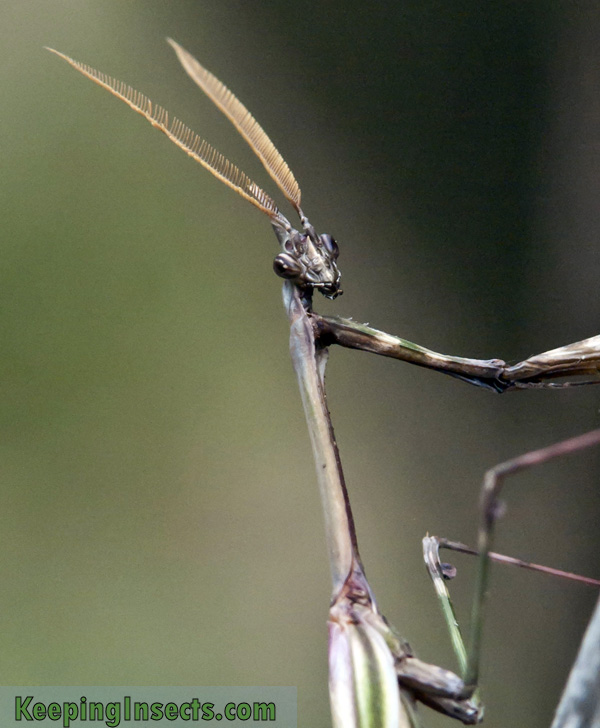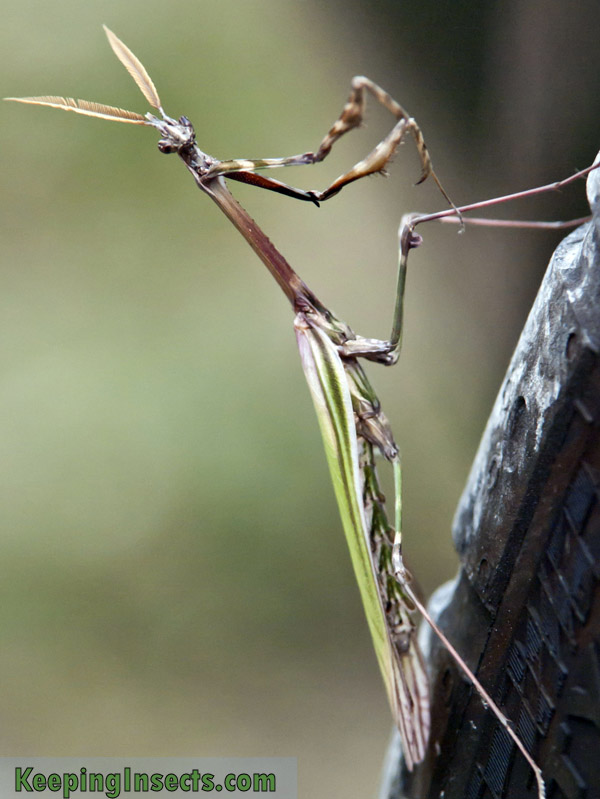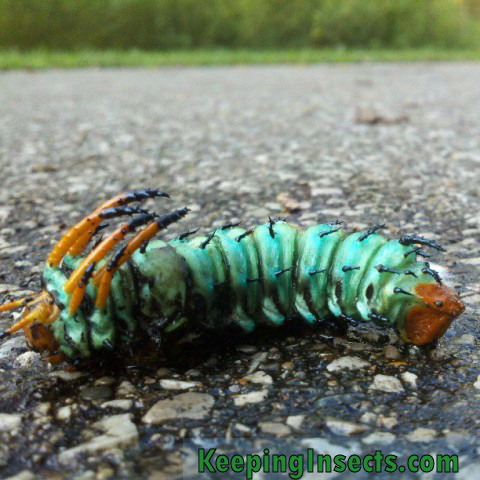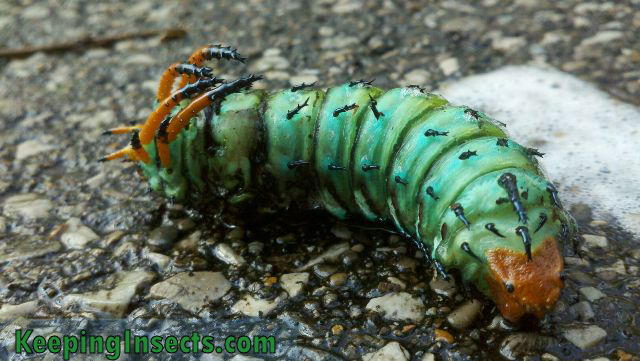I added a new page to the website, it’s about the Chinese Mantis. It is a very common mantis in the United States. It also occurs in China and other parts of Asia. Right now, in the fall, this mantis species can be found as adults in the United States. The females are depositing their eggs. When first frost arrives the adult Chinese Mantises will die. The species continues as eggs. Next spring the eggs will hatch and populate gardens and field with young mantis nymphs. I received some beautifull pictures of a Chinese Mantis from Robert Smith. He made the pictures in his potted garden where a wild female Chinese Mantis took residence. She is beautifull and already produced one egg sac. 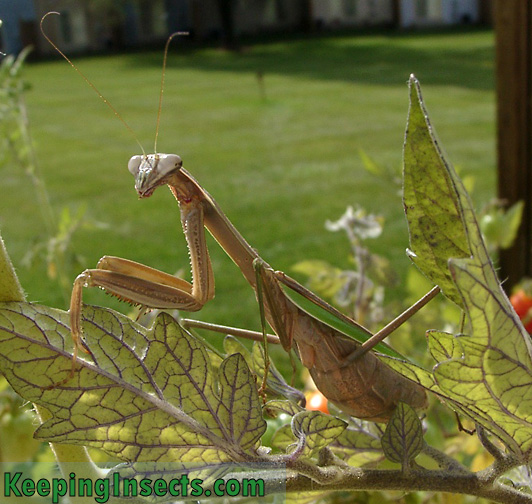
- Adult Chinese Mantis
- A wild female Chinese mantis eating








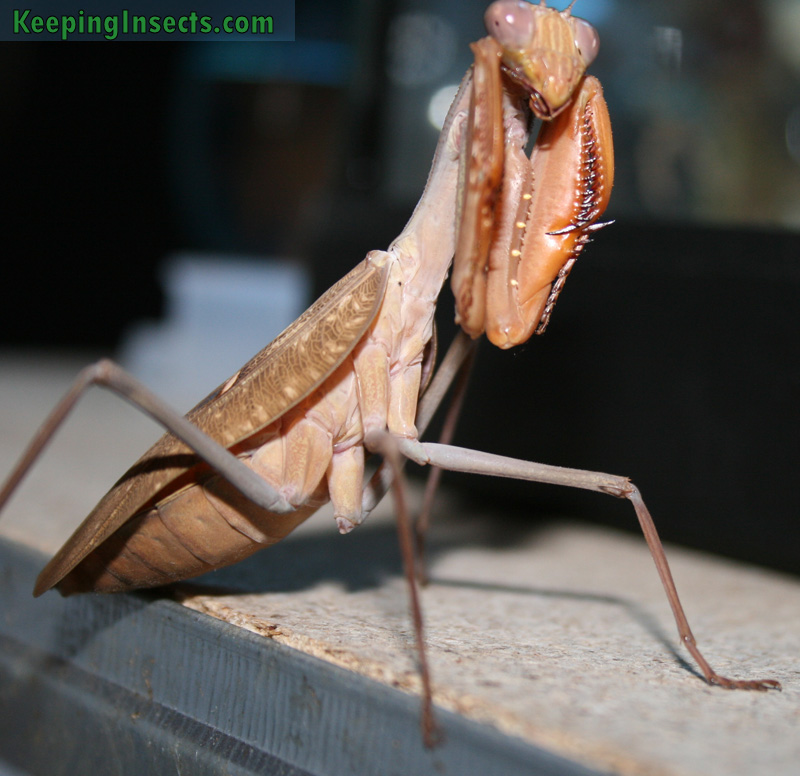
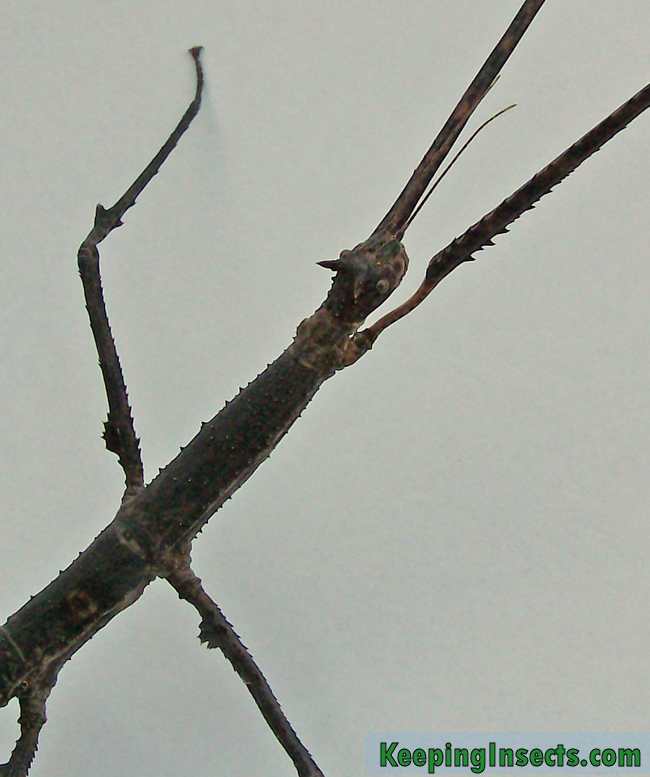
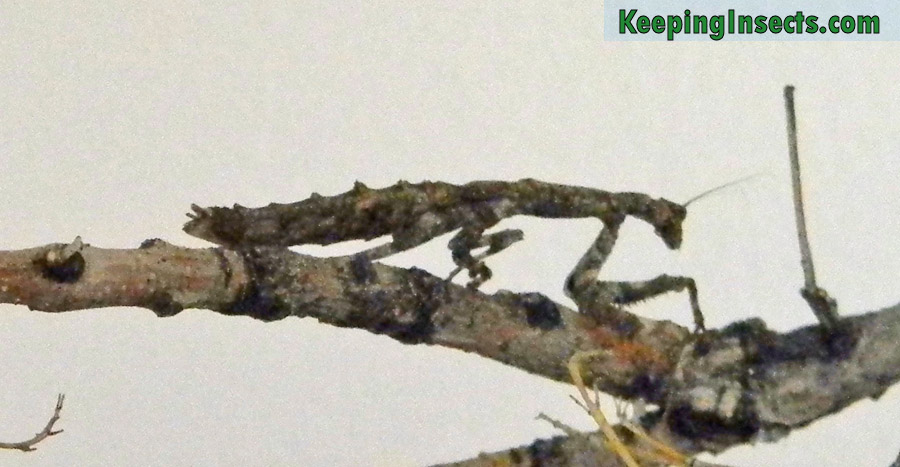
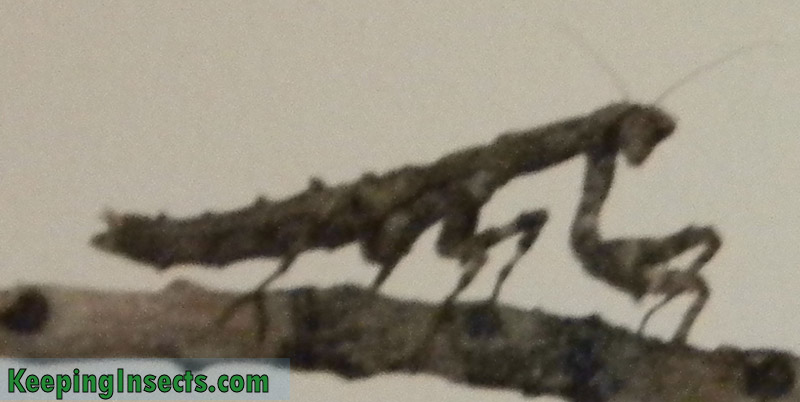
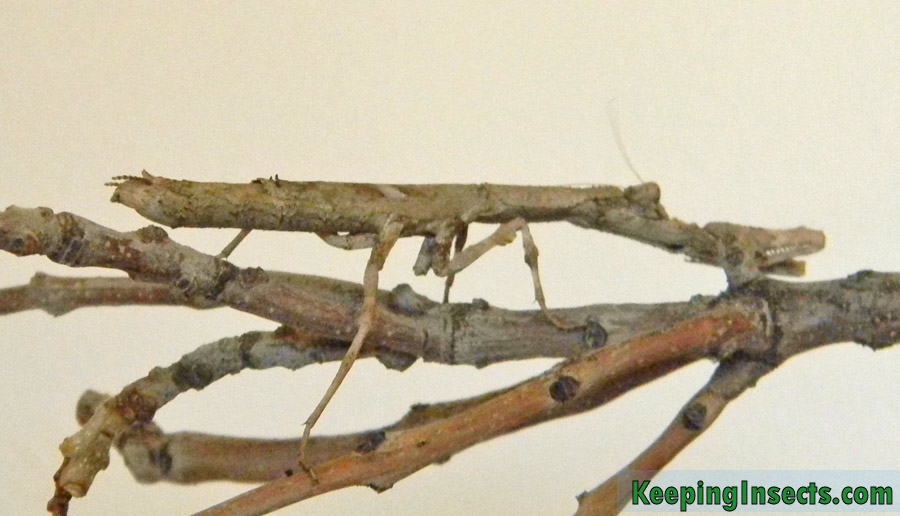

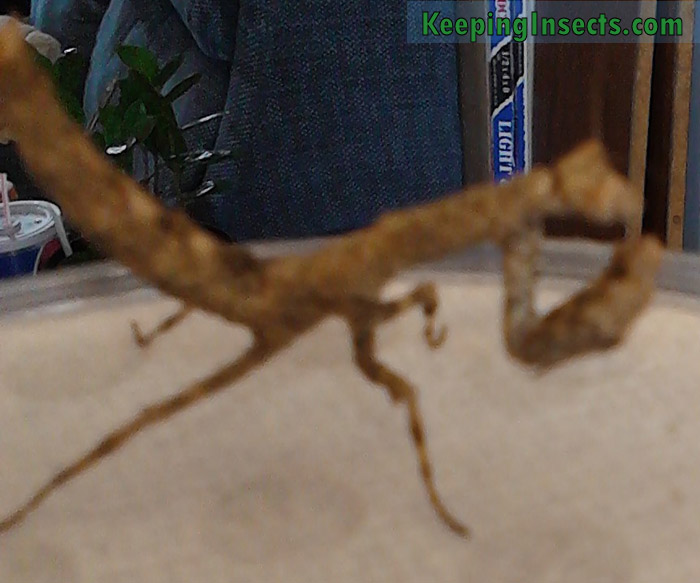
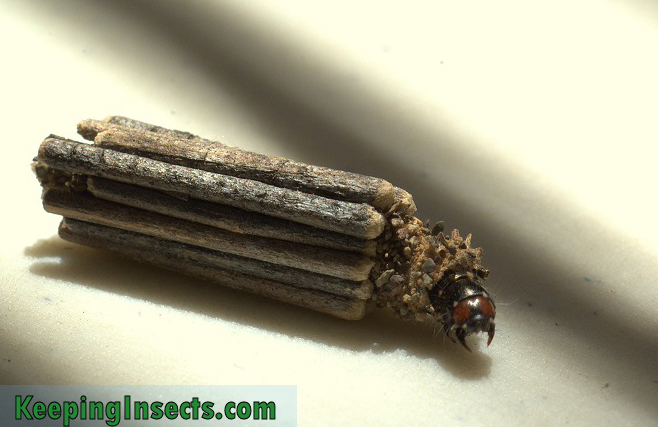
 A while ago I had this website translated to Spanish! I think many people would like to get the information on this website also in another language than English. After much consideration I choose the Spanish language, as I want to learn this language at some point and because many people all over the world speak Spanish.
A while ago I had this website translated to Spanish! I think many people would like to get the information on this website also in another language than English. After much consideration I choose the Spanish language, as I want to learn this language at some point and because many people all over the world speak Spanish.